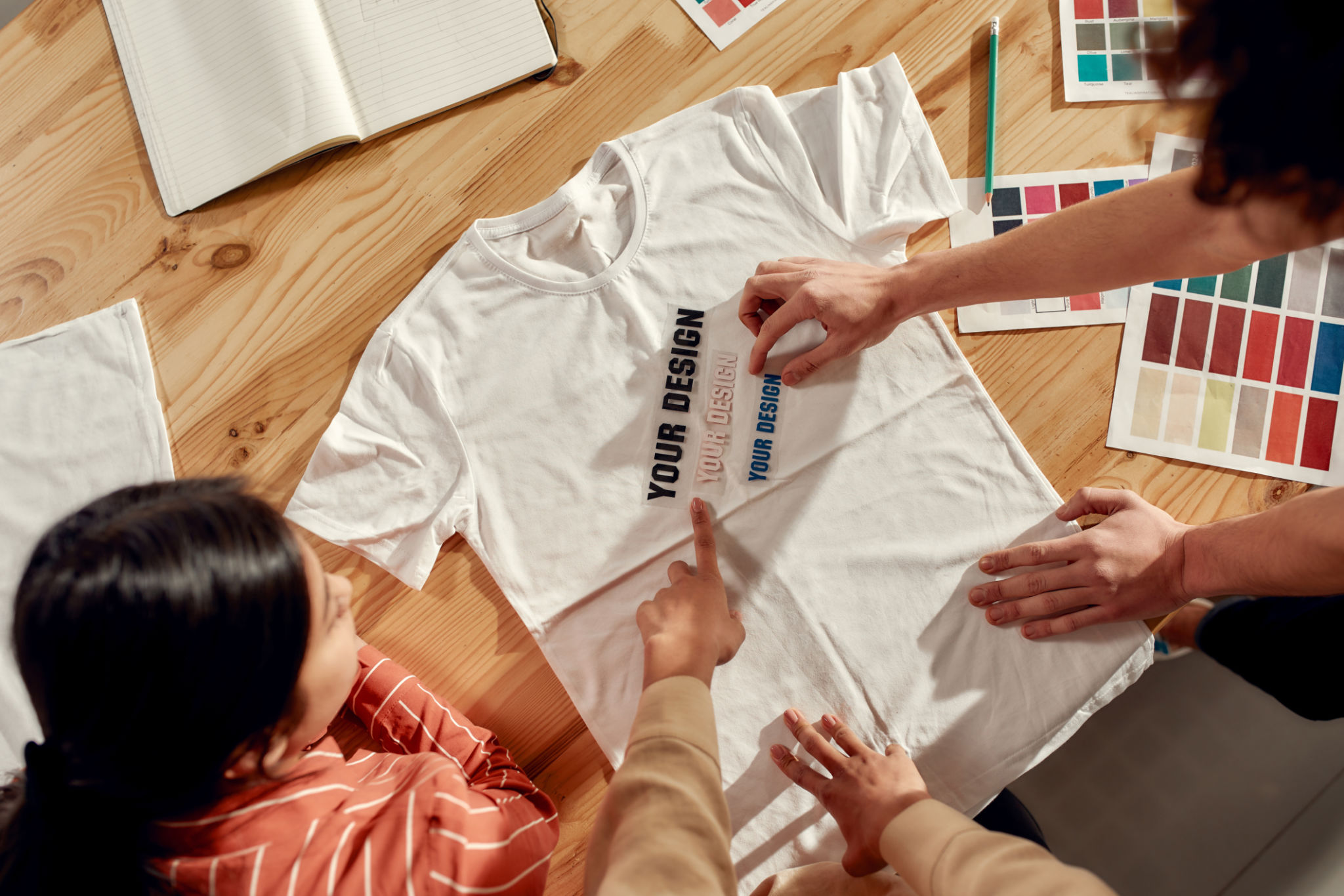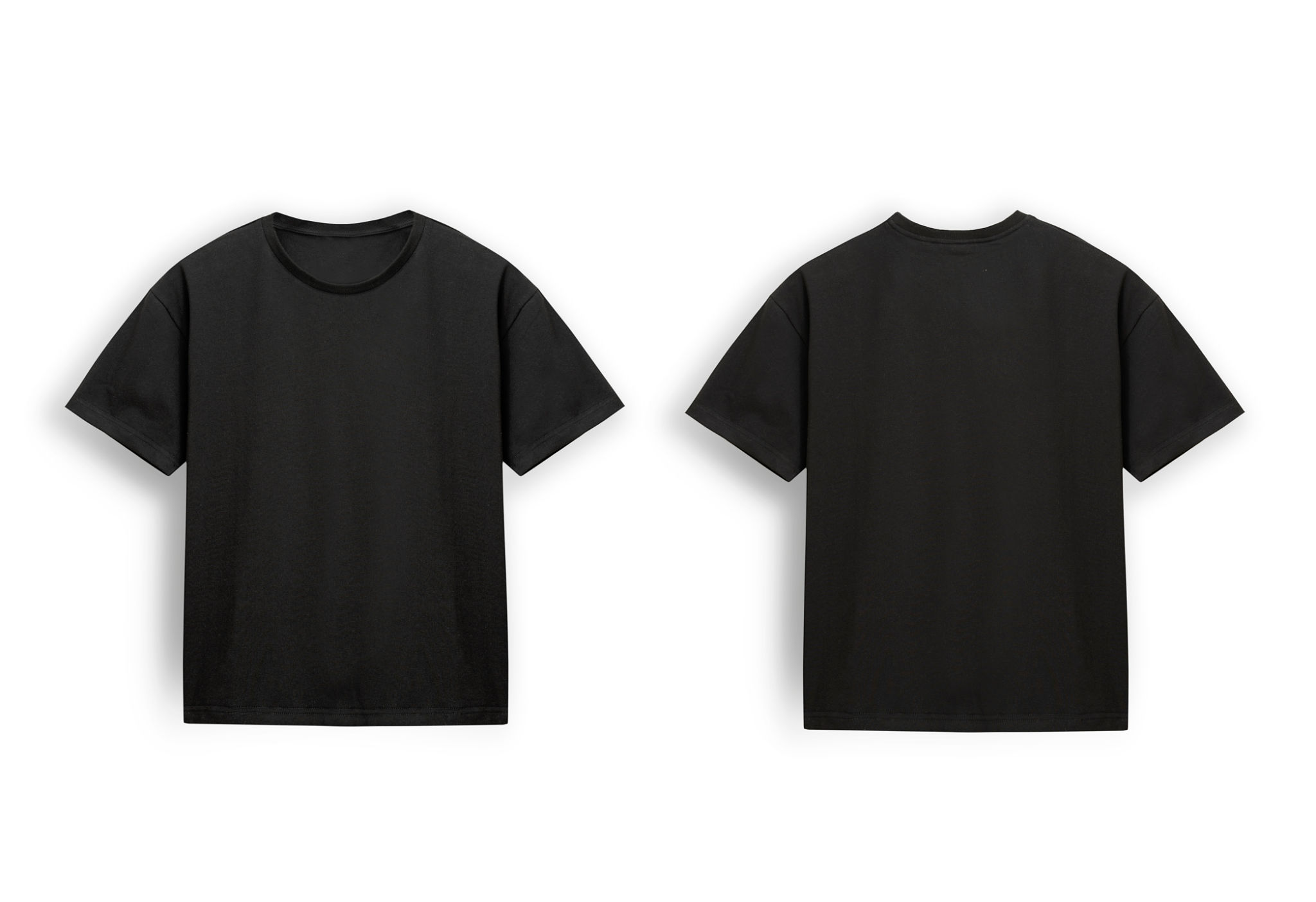DIY Custom T-Shirts: Tips and Tricks for Beginners
Getting Started with DIY Custom T-Shirts
Creating your own custom t-shirts can be a rewarding and creative endeavor. Whether you're designing shirts for a special event, a small business, or just for fun, there are some essential tips and tricks that can help you get started. With the right materials and techniques, you can produce professional-looking designs from the comfort of your home.
The first step is to gather all necessary materials. You will need blank t-shirts, fabric paint or markers, stencils, and possibly a heat press or iron if you're using heat transfer vinyl. It's important to choose high-quality materials to ensure your designs last through multiple washes.

Choosing the Right T-Shirt
Not all t-shirts are created equal when it comes to customization. The fabric composition, weave, and color can significantly affect the final result. Cotton t-shirts are a popular choice because they absorb dye well and are comfortable to wear. However, blends and synthetic fabrics can also be used if you prefer a different texture or fit.
When selecting colors, keep in mind that lighter shades work better with fabric markers and lighter paint colors. Darker shirts may require special techniques or materials, such as bleach or white ink, to make your designs stand out.
Designing Your T-Shirt
Once you've chosen your t-shirt, it's time to plan your design. Start by sketching your ideas on paper or using graphic design software. Consider the placement of your design on the t-shirt, as this can greatly impact the visual appeal. The most common placements are centered on the chest, back, or along the sleeves.

For beginners, using stencils can be a great way to achieve clean lines and consistent shapes. You can purchase pre-made stencils or create your own using craft paper and a precision knife. This method is especially useful for repetitive patterns or text.
Applying Your Design
With your design ready, it's time to apply it to the t-shirt. If you're using fabric paint, make sure to place cardboard or another barrier inside the shirt to prevent bleed-through. Apply the paint with brushes or sponges, depending on the desired effect.
If you opt for heat transfer vinyl (HTV), cut your design using a vinyl cutter and then apply it with a heat press or iron. Ensure you follow the manufacturer's instructions for temperature and pressing time to achieve the best results.

Caring for Your Custom T-Shirts
After putting time and effort into creating your custom t-shirt, you'll want to ensure it lasts as long as possible. Proper care is crucial in maintaining the quality of your design. Always wash your shirts inside out in cold water and avoid using bleach or harsh detergents.
Drying on a low setting or air drying will help preserve the fabric and prevent cracking or fading of the design. If you've used HTV, avoid ironing directly on the design to prevent damage.
Experimenting with Techniques
As you become more comfortable with DIY t-shirt customization, don't be afraid to experiment with different techniques. Tie-dyeing, screen printing, and embroidery are just a few methods that can add variety and depth to your creations.

Each technique offers unique results and challenges, so take your time learning and perfecting them. The more you experiment, the more you'll develop your own style and preferences.
Conclusion
Creating custom t-shirts is a fun and fulfilling way to express yourself. By following these beginner-friendly tips and tricks, you'll be well on your way to making unique and stylish garments. Remember to enjoy the process and let your creativity shine through in every piece you create.
